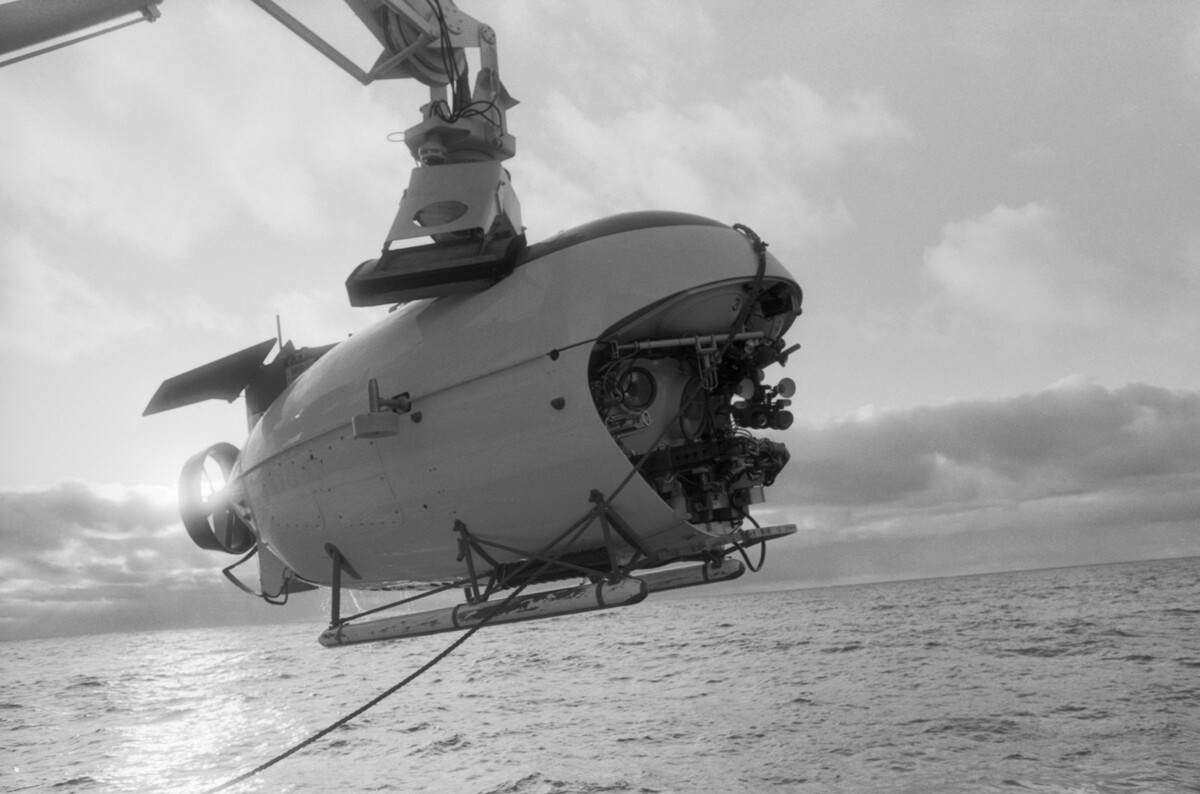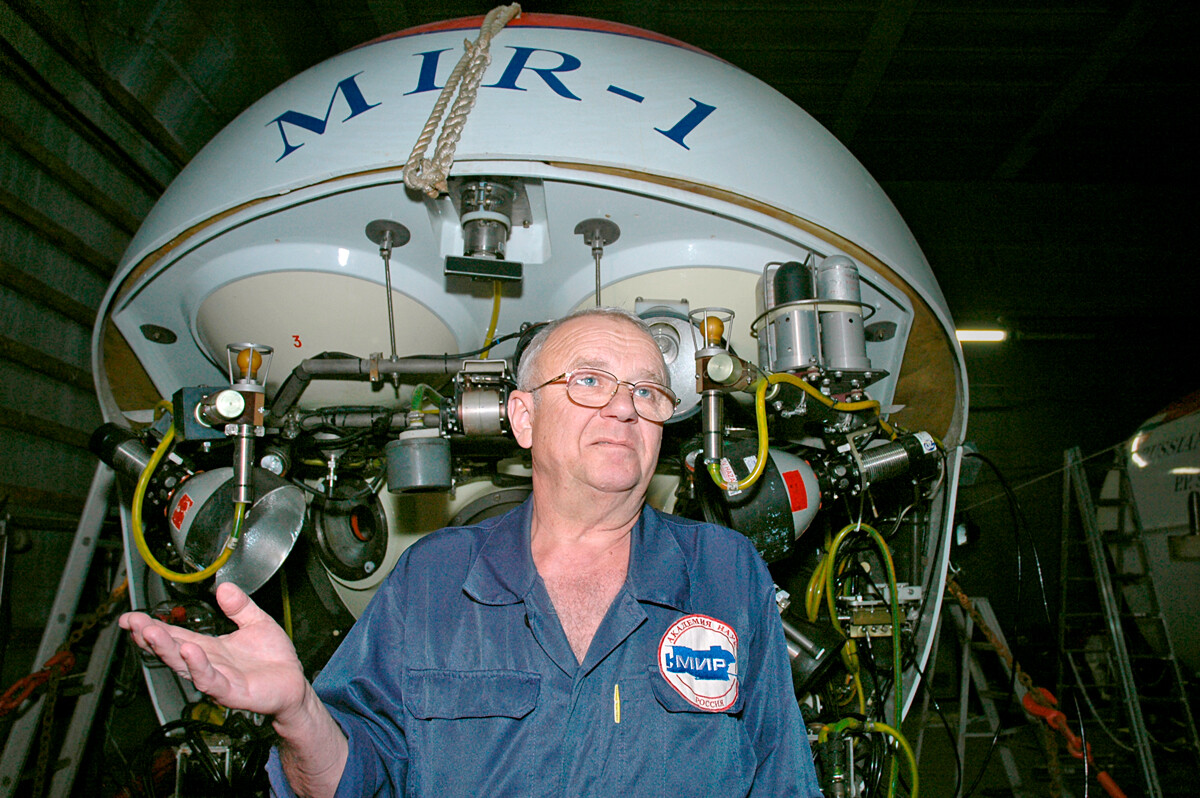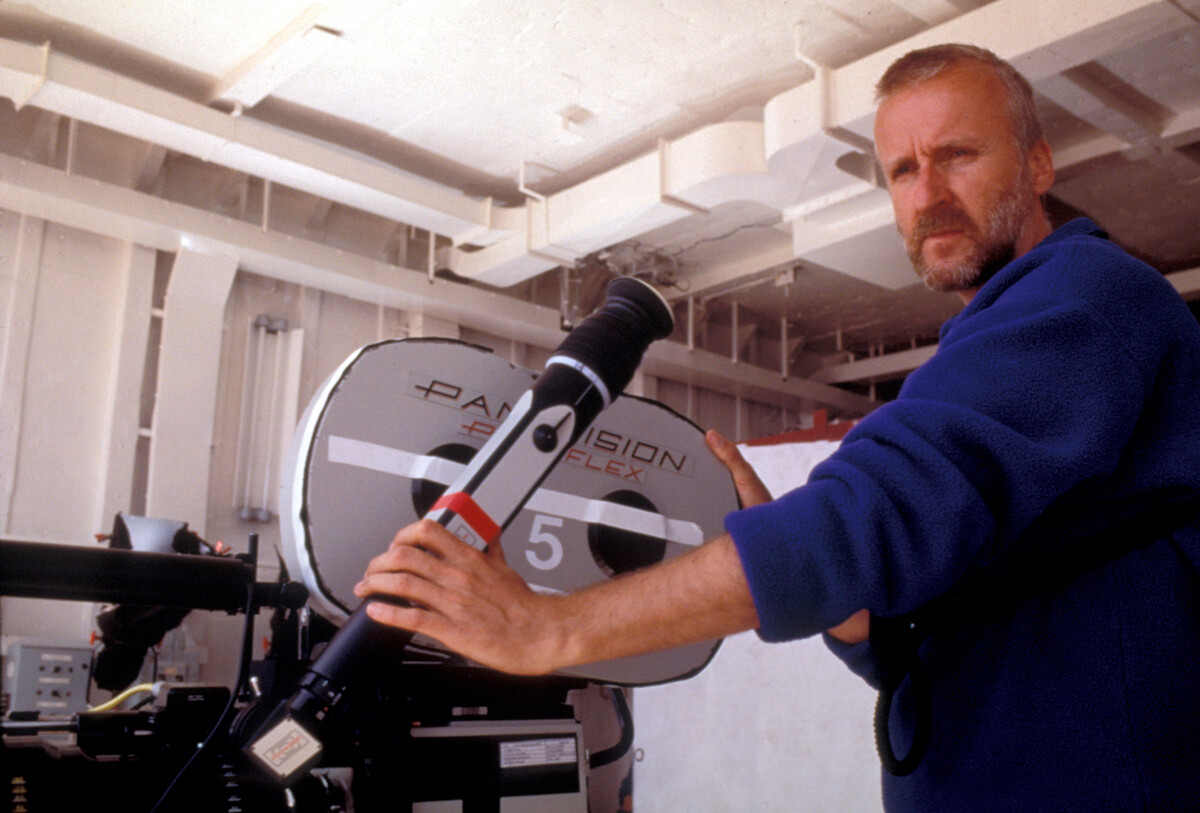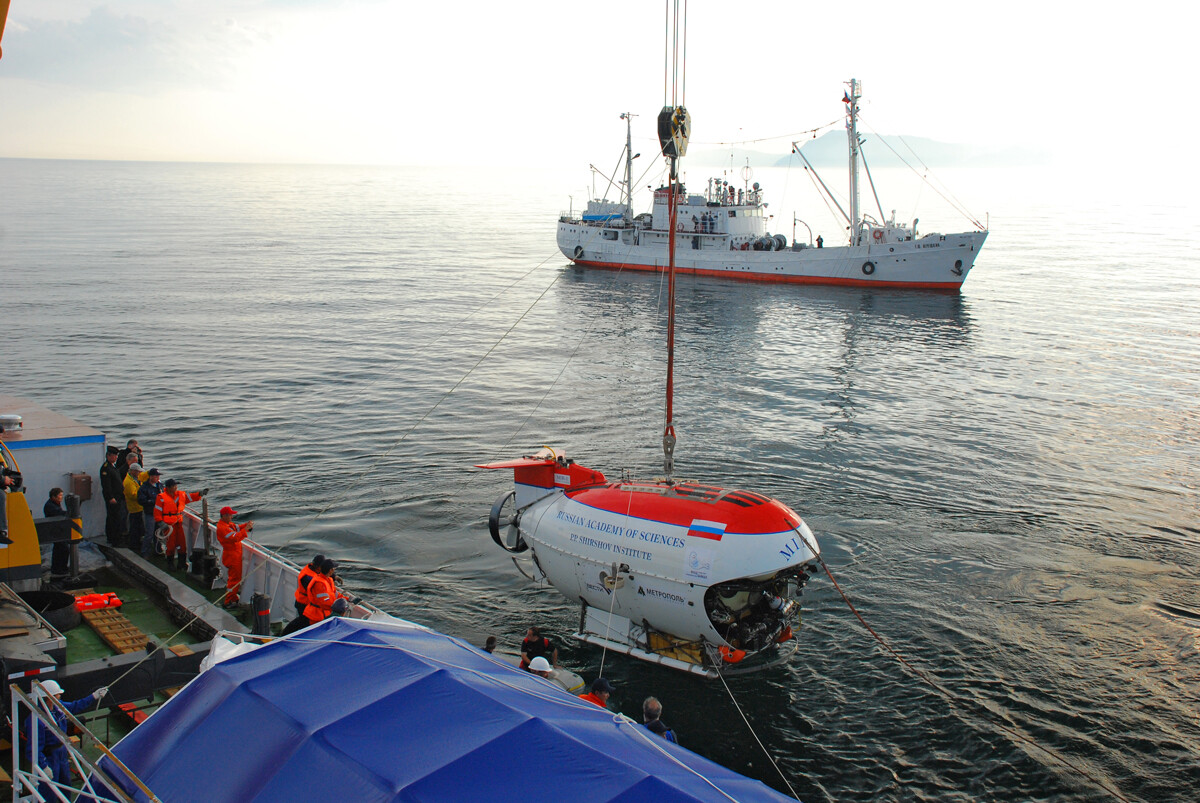
James Cameron’s ‘Titanic’ hit theaters in 1997. The record 200-million-dollar picture made the money back in just 25 days. But, before all the champagne and Oscars, Cameron had had to endure the label of madman, as he was willing to go to impossible lengths to accomplish the task of accurately depicting the mood, costumes and interiors of the ill-fated cruise ship.
The director insisted on a trip down to the Titanic’s wreckage. And, at the time, only Russians could assist with such a venture.
Ten years before the movie came out, Cameron saw a Stephen Low documentary about the Titanic, which had shots of the wreckage, taken 3,800 meters deep at the bottom of the Atlantic. They were achieved thanks to Russia’s ‘Mir-1’ and ‘Mir-2’ submersibles - widely considered the best underwater vehicles in the world in those days. So, Cameron decided to travel to Russia to meet with the oceanographers.

The director arrived in Kaliningrad, which was the base of the Akademik Mstislav Keldysh research vessel, which housed the two ‘Mirs’. The plan demanded thorough preparation and, of course, immense sums of money.
“He spent two years considering things,” remembers scientist Anatoly Sagalevich. “And we used faxes in those days, emails didn’t exist.” It was Sagalevich who had previously gone down to the Titanic wreckage for the Low documentary.

The task was an ambitious one, as Cameron wanted not only to document the interior of the ship, but include the results in his upcoming feature film. It turned out that studio equipment wouldn’t work at such depths.
“He wanted to film in stereo - using two cameras in a single box, but he had to make them half as slim,” recalls hydronaut Evgeny Chernyaev. “They said: ‘We can do that, but instead of the $250,000 for each camera, you’ll have to pay a million,’ and he said: ‘Yes, I’m ready to pay!’”
The Keldysh and the submersibles headed to the area of the wreck for 20 days to shoot the footage. Cameron and his crew managed to carry out 20 descents in that time. He would later confess in his book ‘Exploring the Deep’ how what had seemed like an epic adventure to him must have seemed like a regular day at the office for Anatoly and his crew. The Russians, for their part, said that the U.S. director was a quick study and handled the submersion brilliantly.

Anatoly Sagalevich
Lev Fedoseev/TASS“The pressure is 500 atmospheres, that is, a force of more than 160 tons acts on the window, which is equal to the weight of four tanks,” Sagalevich remembers.
There was only enough film for 20 minutes - a single submersion. The camera was attached to the vessel in a special hydraulic housing. Small, radio controlled modules were installed onto both ‘Mirs’. They would enter the Titanic. The little robots dug all around the ship, its halls, decks and cabins, overrun with seaweed.
Cameron said that the crew even had the passenger details and could identify their personal clothing and items as they poked around the cabins. They also went below deck and sifted through the cargo.

All of the filming would’ve been for nothing, were it not for the 1,200-watt mercury-halogen-iodide lamps, attached to the filming equipment.
Some of the underwater footage actually made it into the 1997 movie with Leonardo DiCaprio and Kate Winslet. Most, however, was used as documentary material and to help recreate the interiors and overall environment of the times.
The movie’s official premiere took place on November 1, 1997, at the Tokyo International Film Festival. But Cameron would work with the Russian scientists four more times - on ‘Ghosts of the Abyss’ (2001), ‘Expedition: Bismarck’ (2002) - which took the crew even deeper, to 4,700 meters - ‘Last Mysteries of the Titanic’ (2005) and ‘Aliens of the Deep’ (2005).
The maximum depth that the ‘Mir’ submersibles can go down to is 6,000 meters, which is considered to be the depth of 98,5 percent of the Earth’s ocean floors. The submersibles were created to handle scientific exploration and search missions.
The first submersion took place in 1987, going on 35 expeditions in the four years following.
Aside from the ocean depths, the ‘Mirs’ explored Lake Baikal, the deepest on Earth. In August 2009, President Vladimir Putin himself used the submersibles to explore the bottom of the lake.

In the 2000s, the submersibles were used to explore the sunken ‘Kursk’ submarine in the Barents Sea. Another time, the ‘Mirs’ were used was during the search for a Japanese submarine with a gold cargo; as well as during World War II, to search for the sunken ‘Bismarck’ Battleship.
In 2007, the ‘Mirs’ were first to visit the bottom of the Arctic Ocean at a depth of 4,300 meters. The crew took soil samples and even installed a titanium Russian flag at the site.
The submersibles are still based in Kaliningrad, but no longer take part in expeditions and rescue operations. ‘Mir-1’ became an exhibit at the World Ocean Museum (although, it’s been said that it is in perfect working order and ready to answer any call), while the ‘Mir-2’ is currently collecting dust at the Russian Academy of Sciences’ Institute of Oceanology.
If using any of Russia Beyond's content, partly or in full, always provide an active hyperlink to the original material.
Subscribe
to our newsletter!
Get the week's best stories straight to your inbox